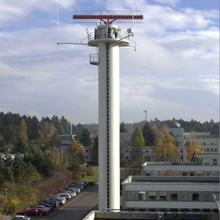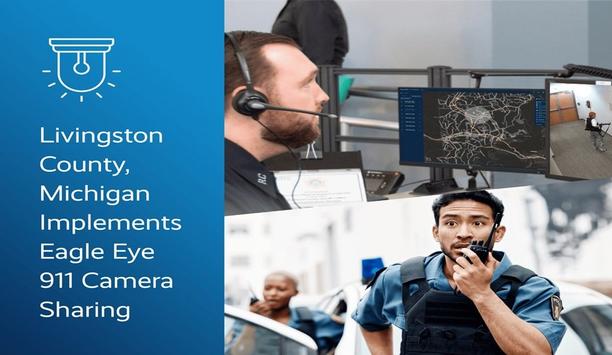 |
| Airbus Defence and Space has improved the air traffic control and air defence capabilities of Indonesia's 15,000 islands |
Airbus Defence and Space provides the Indonesian Air Force with the latest aircraft identification and air surveillance equipment, thus improving the air traffic control and air defence capabilities over the country’s more than 15,000 islands. The company has been awarded a contract by SBL Star Technology Pte Ltd., Singapore, to deliver two of its monopulse secondary surveillance radars MSSR 2000 I to equip the mobile air surveillance and tracking systems which will be operated by the Indonesian Air Force. The final delivery will be done beginning of next year.
"Air traffic control authorities all over the world are facing continually increasing air traffic density," said Thomas Müller, Head of the Electronics Business Line of Airbus Defence and Space. "Together with military air traffic, this situation requires a high-performance guidance system ensuring safety, comprehensive data exchange and efficient allocation of airspace. With our system in operation in around 30 countries we have proven our capability to provide a reliable solution."
In air surveillance and air traffic control, secondary radars such as MSSR 2000 I complement primary radars in identifying individual aircraft and establishing a comprehensive recognised air picture. Typically, a primary radar is able to measure the position of an aircraft at a point of time from reflections of the radar beam without giving a clear identification of the aircraft. The secondary radar exchanges messages with all the aircraft in its area collecting detailed information about flight number, destination, etc. To this end, MSSR 2000 I sends out interrogation signals according to the latest Mode S standard and collects the responses. In this way, the secondary radar in close cooperation with the primary radar provides a real-time overview of aircraft positions and additional aircraft data which results in a significant improvement in air surveillance and air traffic control.
In the military field, MSSR 2000 I is used for automatic friend-or-foe identification (IFF), thus avoiding friendly fire, i.e. the erroneous engagement of friendly forces. Airbus Defence and Space has delivered IFF systems to several nations for ground and naval applications. Among others, MSSR 2000 I protects all German Navy ships as well as UK Royal Navy ships and the French Navy's "Mistral" class command ships. In Germany, the company has established the air traffic control network of the German Luftwaffe covering airspace of 1.700 x 1.500 km. In total, about 400 Airbus Defence and Space systems are in operation in around 30 nations, including the U.S. For civil air traffic control purposes it is in service in Austria, Portugal, and the Philippines.



















